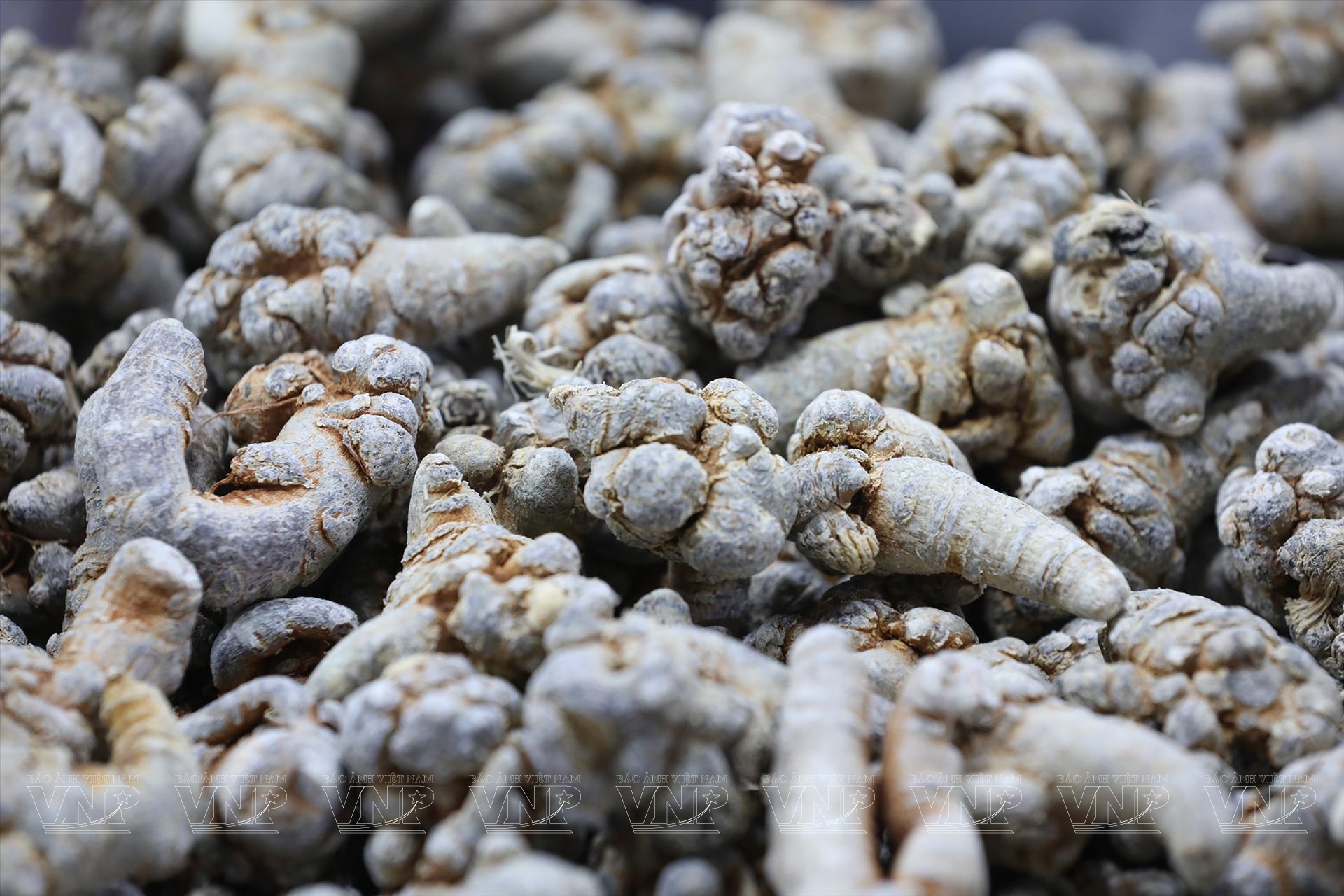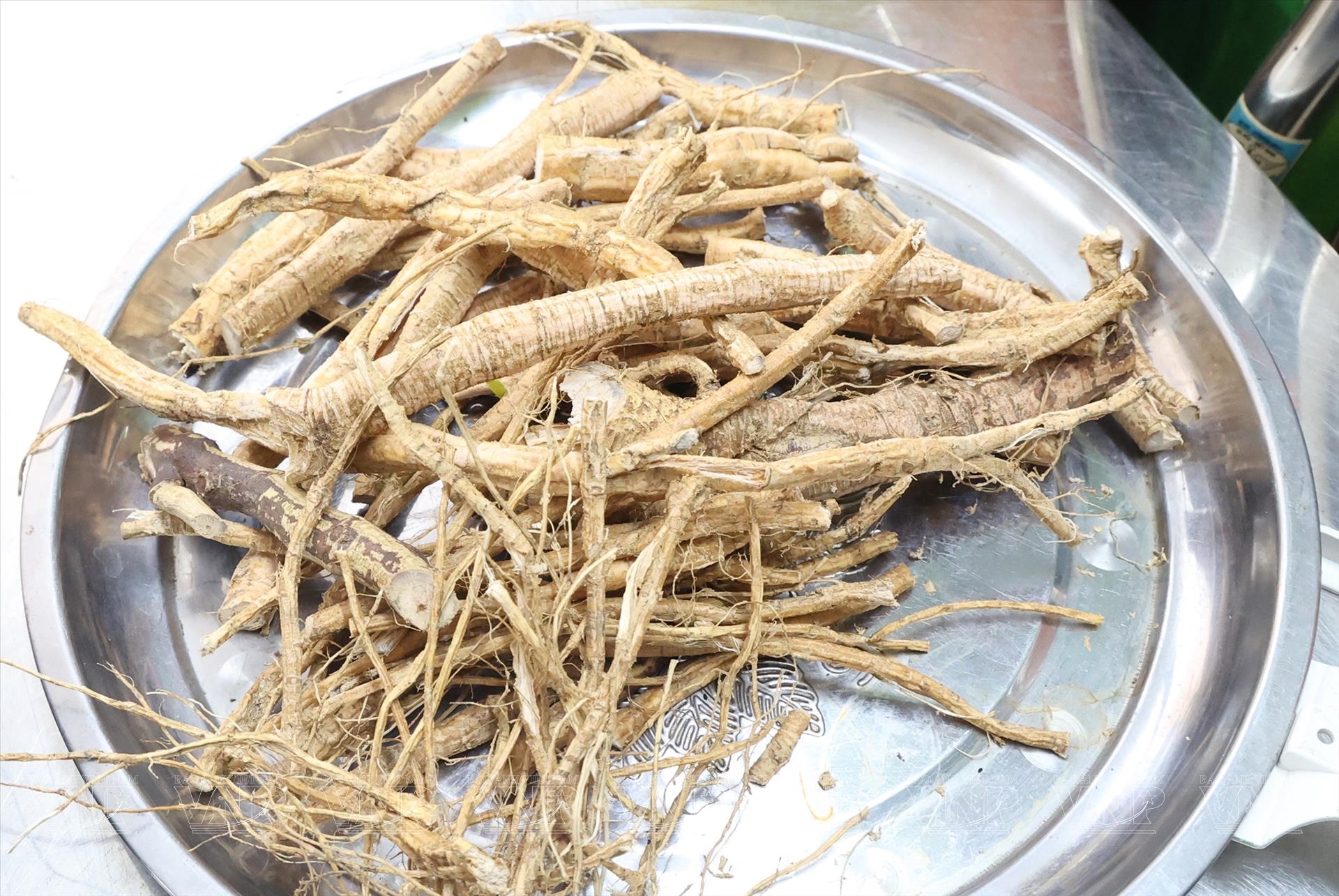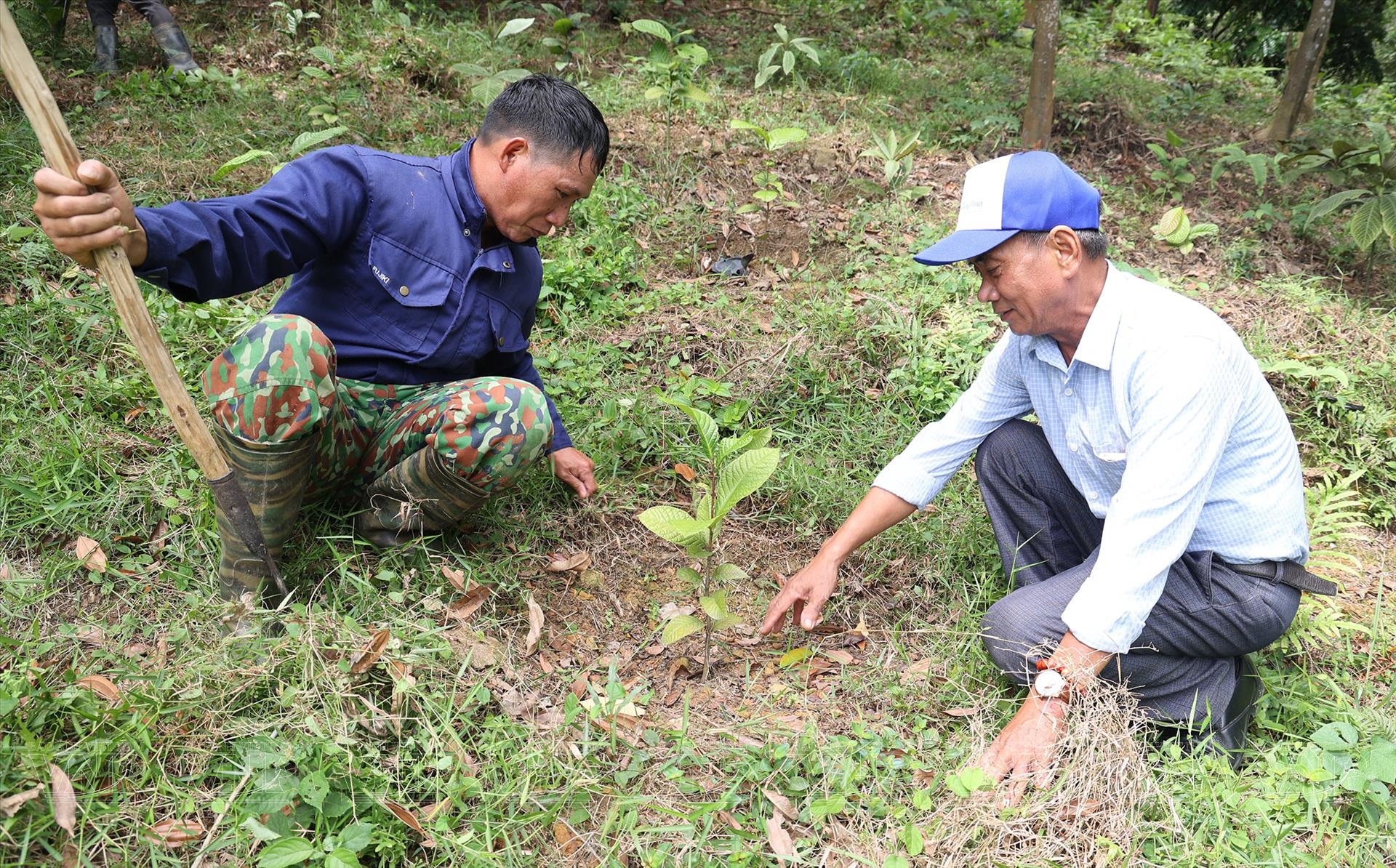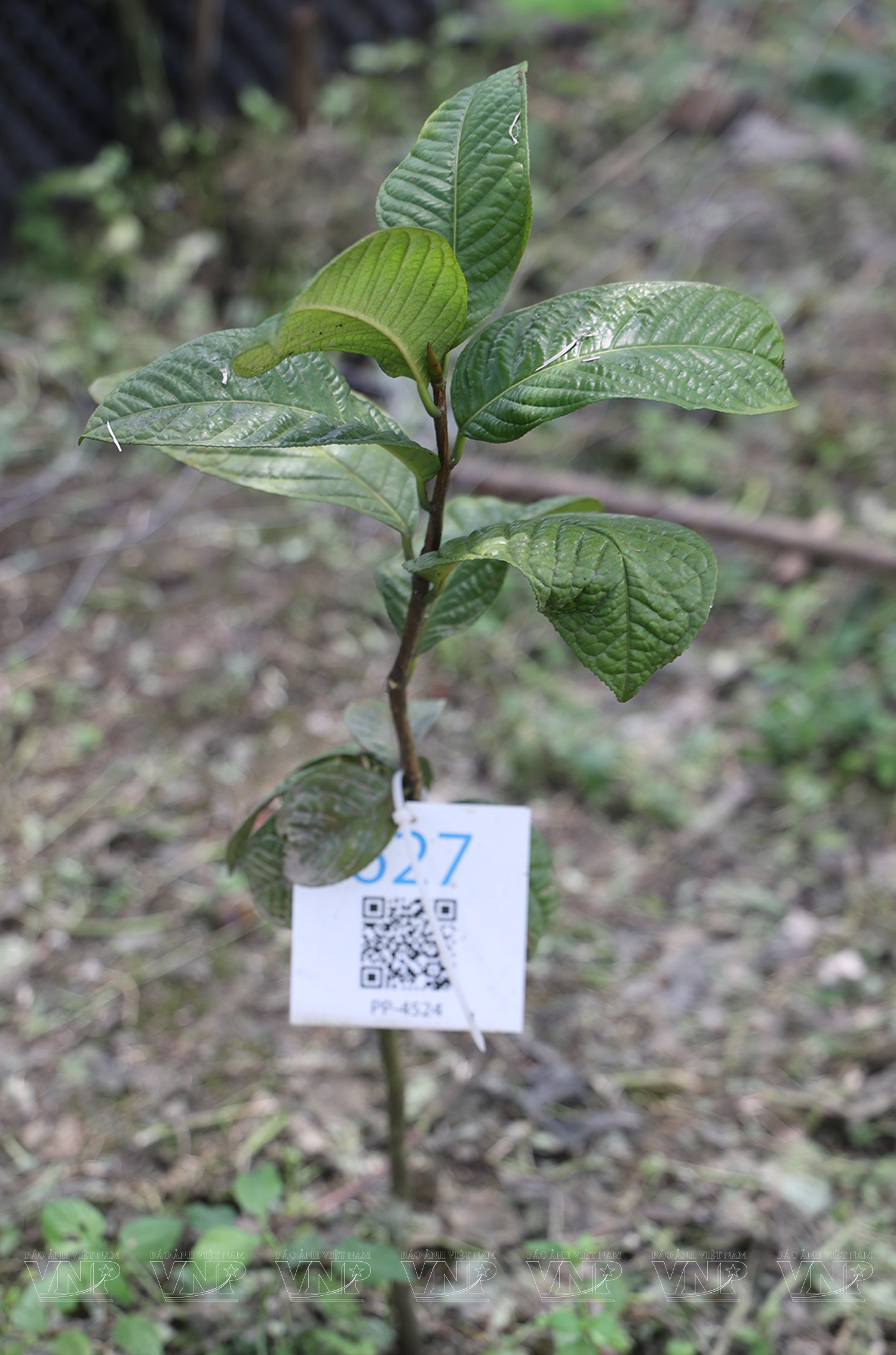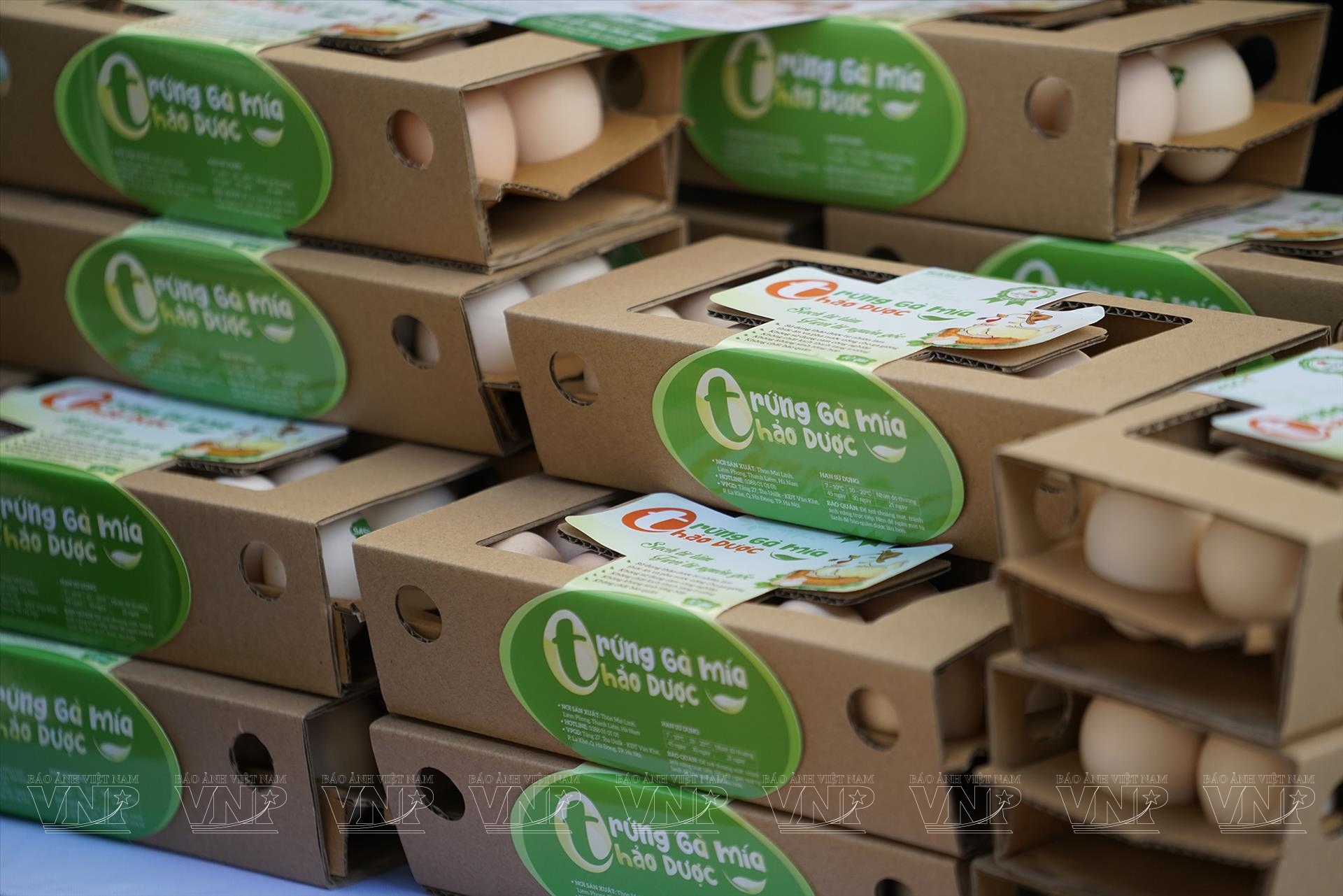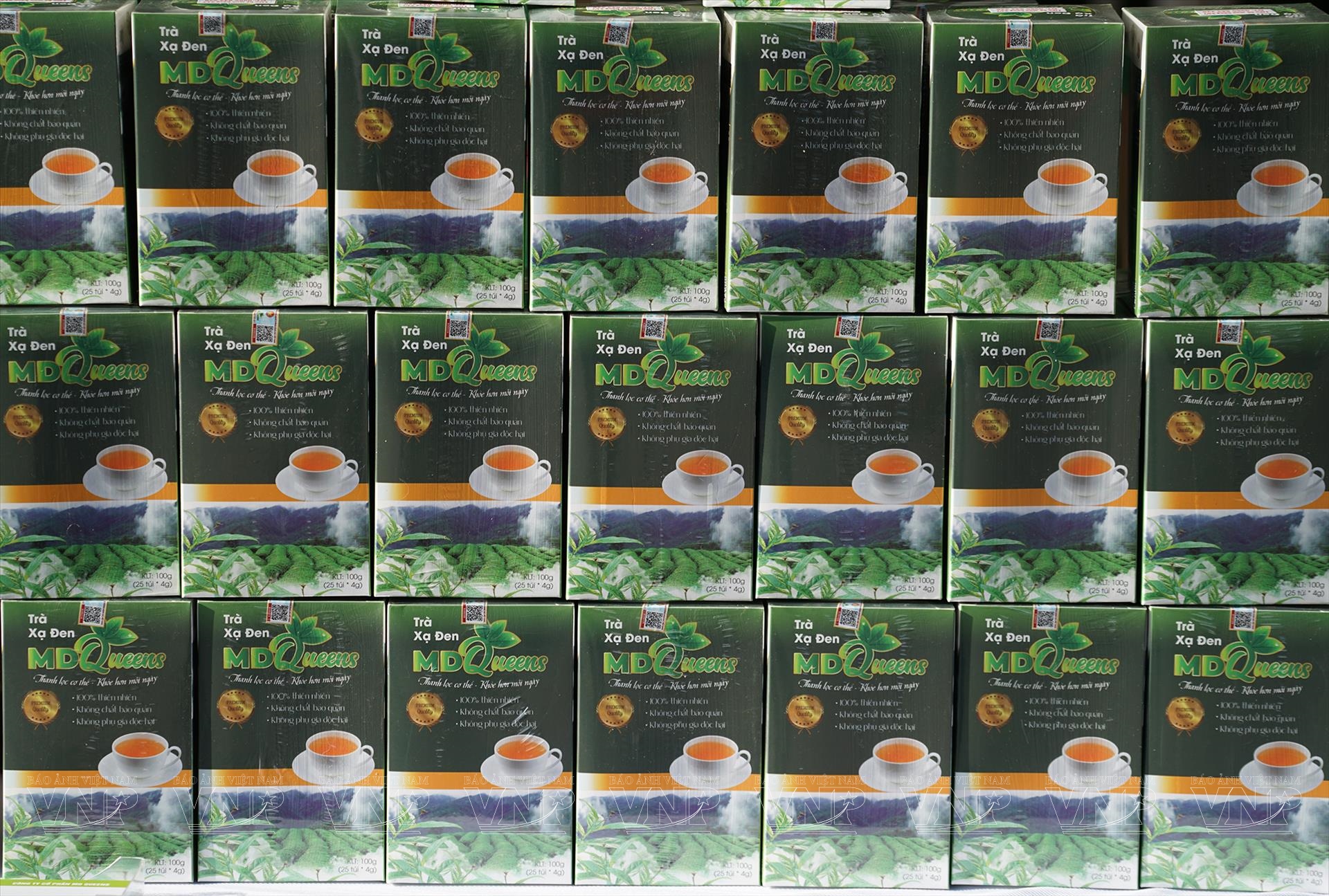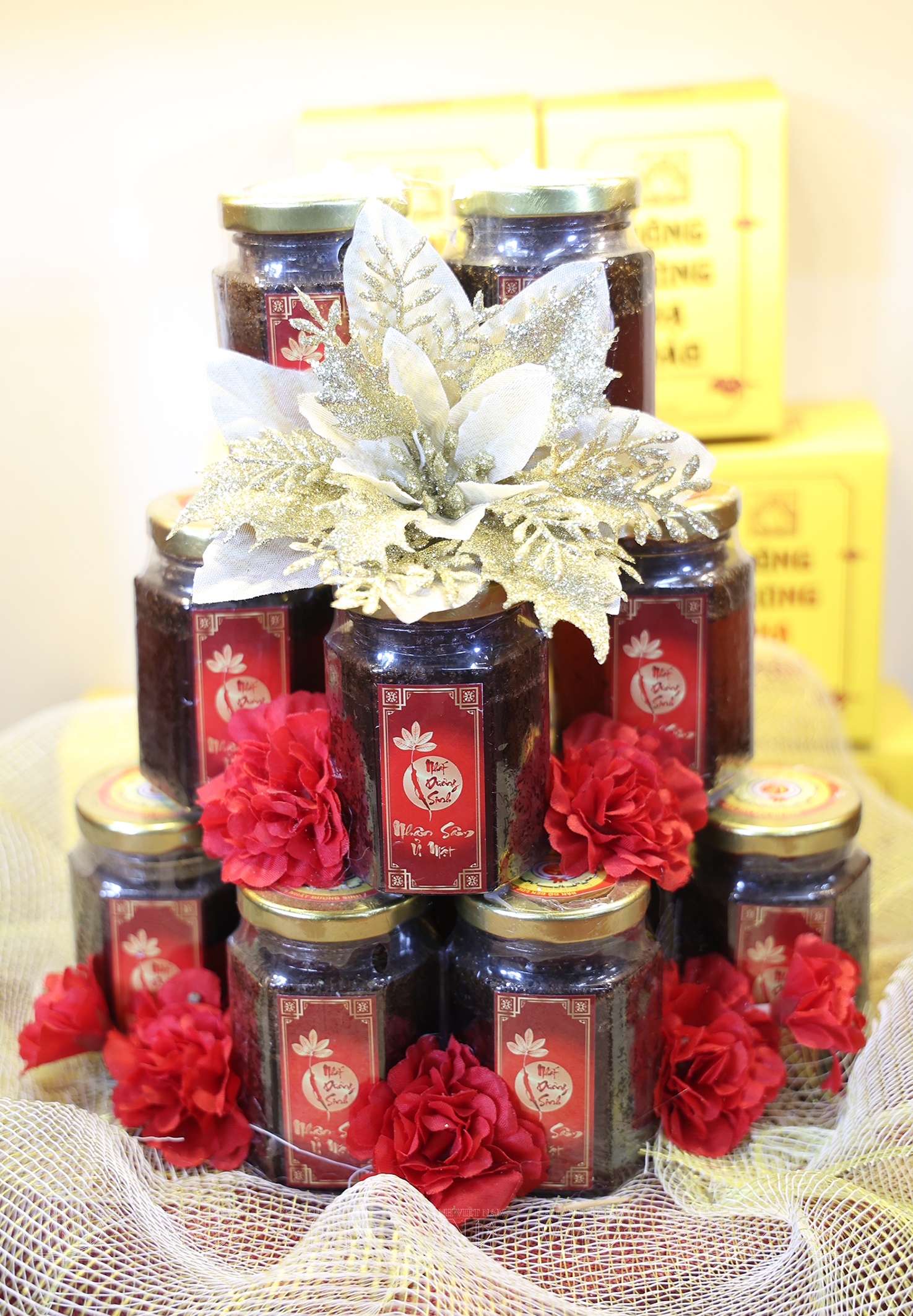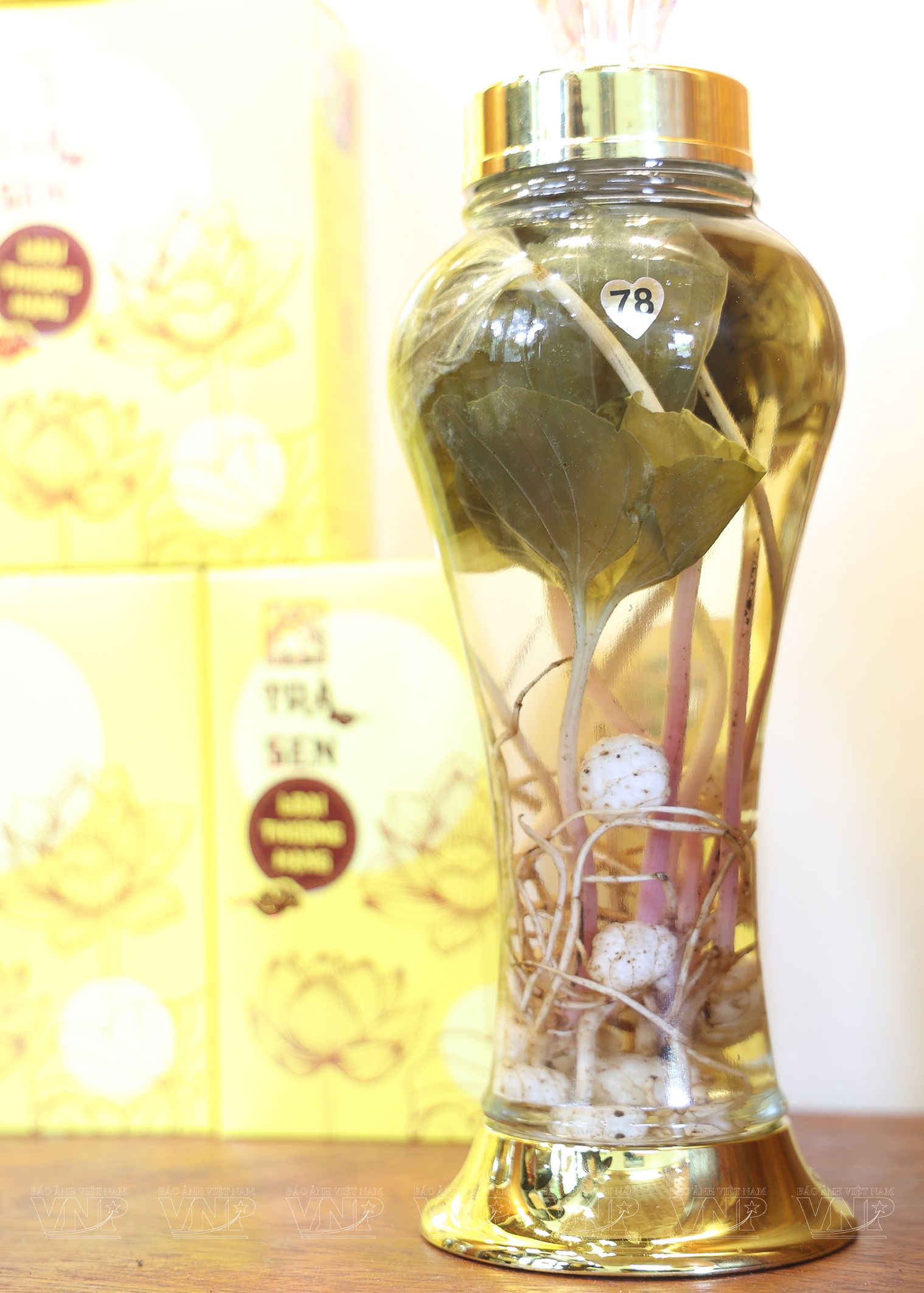Hanoi Boasts Potential for Medicinal Plants
With its rich and diverse medicinal plant resources, Hanoi has decided to develop specialized cultivation areas for these plants, establishing production, preservation, and processing chains to gradually make medicinal plants one of the city's key crops.
Recently, local residents in Nam Son Commune, Soc Son District have begun cultivating medicinal plants under the natural forest canopy. This new approach not only preserves the forest ecosystem but also provides a sustainable livelihood.
The initiative to grow and conserve medicinal plants in the forest in Nam Son was started by Pham Thi Ly, Director of the Union of Vietnamese Herbal Medicine and Organic Agriculture Cooperatives (VHA COOPS). Driven by the need to preserve Vietnam's native medicinal plants, Ly, along with local residents, has established this model.
Nam Son Commune, situated in the southeastern part of the Tam Dao mountain range, offers ideal conditions for the cultivation, conservation, and development of medicinal plants in the forest. This is why VHA COOPS chose this location to establish and develop the Tam Dao medicinal plant and golden camellia conservation village. Since 2020, the union has introduced around 40 species of medicinal plants to Nam Son for research and propagation. They plan to continue researching additional species that are suitable for the local soil, such as ba kich (Morinda officinalis), ha thu o (Fallopia multiflora), nhat duong sinh (goniothalamus), golden camellia, sam xuyen da (Myxopyrum smilacifolium), thien nien kien (Homalomena occulta), rau bo khai (Erythropalum scandens), huyet giac (Dracaena cambodiana), and sam cau (Curculigo orchioides).
Ly said that with the support of local authorities and residents, the union has introduced medicinal plants to be grown under natural forest canopies in Nam Son Commune in Soc Son District. “This new approach neither impacts the forest ecosystem nor affects sustainable livelihoods for local farmers.
To date, we have mobilized several families to establish a medicinal plant conservation village in Tam Dao mountain foot with over 50ha of forest and hilly land, where we have planted more than 10,000 golden camellia plants over nearly 10ha,” she said.
The chain’s goal is to cultivate, conserve, and develop medicinal plants, and then process them into functional food products and eventually medicines to care for the health of the Vietnamese people, establishing a strong Vietnamese medicinal brand. The VHA COOPS’s model has already introduced several valuable and unique medicinal products to the market, such as golden camellia tea, traditional nhat duong sinh herbal wine, cordyceps, and nhat bach ngoc wine. Among these, golden camellia, with its superior qualities, has been supported by the Nam Phat Group.
Recognizing the value of medicinal plant resources and the importance of sustainable conservation and development, Hanoi has recently issued a development plan for medicinal plants for 2024-2025. This plan prioritizes the development of 16 medicinal plant species, including golden camellia, kim ngan hoa (Lonicera japonica Thunb), dinh lang (Polyscias fruticose), ca gai leo (Solanum procumbens), xa den (Celastrus hindsii), huong nhu (Ocimum gratissimum), hung que (Ocimum basilicum), cuc chi (Chrysanthemum indicum), turmeric, ginger, and cordyceps.
Currently, Hanoi has about 250ha of medicinal plants, mainly concentrated in districts such as Soc Son, Phu Xuyen, Dong Anh, Son Tay, Quoc Oai, Chuong My, and Ba Vi. The variety of medicinal plants grown is quite diverse, including ca gai leo, kim ngan hoa, dinh lang, golden camellia, and jasmine. Hanoi’s medicinal plant gene pool is rich, with over 170 genetic sources, primarily concentrated in Soc Son and Ba Vi districts. These mountainous districts, with their forested areas and favorable climate, are well-suited for medicinal plant development.

Nguyen Thi Thu Hang, Head of the Hanoi Quality, Processing, and Market Development Sub-department, said, "Since 2020, Hanoi has piloted sustainable and stable medicinal plant cultivation models. These models have initially proven effective, creating supply chain linkages that connect production with the consumption and processing of medicinal plants, contributing to improving the income of local people".
Ta Van Tuong, Deputy Director of the Hanoi Department of Agriculture and Rural Development, emphasized that the city has identified the development of specialized medicinal plant cultivation areas and the formation of deep processing and production chains as strategic tasks, with the goal of making medicinal plants one of Hanoi’s key crops.
By Hoang Ha/VNP Translated by Nguyen Tuoi

